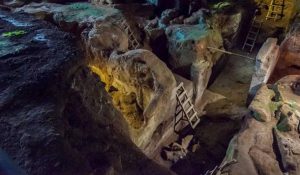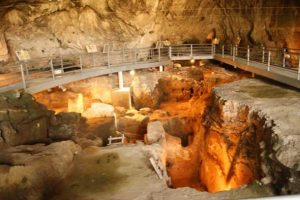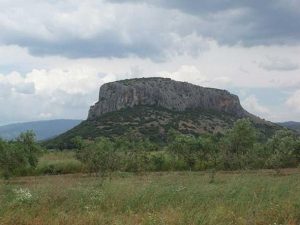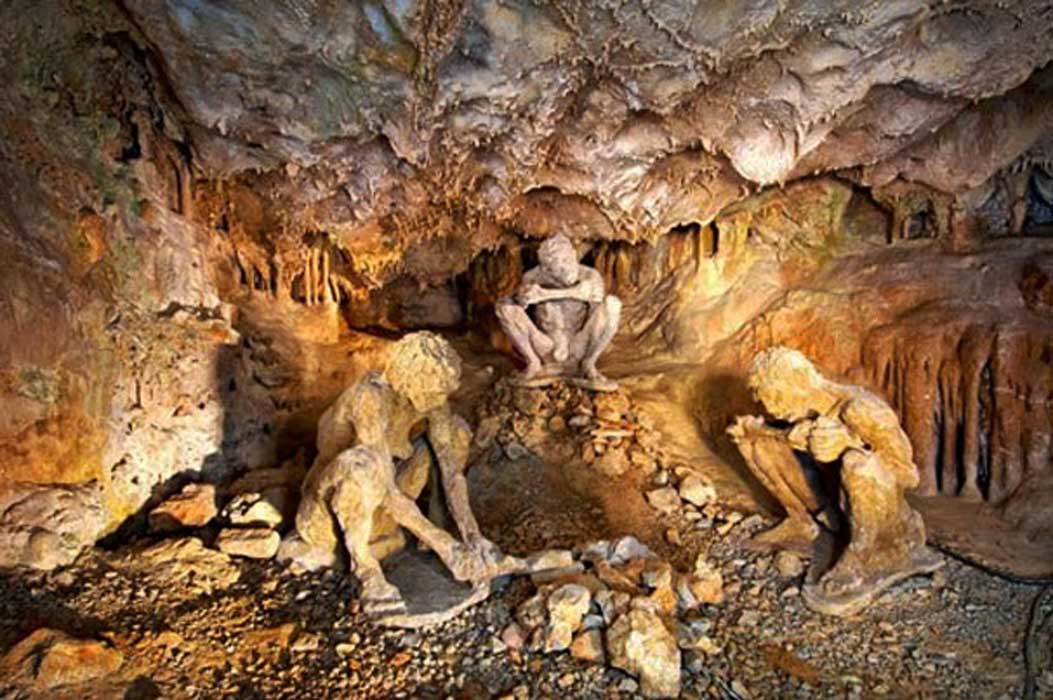The Theopetra Cave is an archaeological site located in Meteora, in the central Greek region of Thessaly. As a result of archaeological excavations that have been conducted over the years, it has been revealed that the Theopetra Cave has been occupied by human beings as early as 130000 years ago.
In addition, evidence for human habitation in the Theopetra Cave can be traced without interruption from the Middle Palaeolithic to the end of the Neolithic period. This is significant, as it allows archaeologists to have a better understanding of the prehistoric period in Greece.
The Theopetra Cave is situated on the northeastern slope of a limestone hill, about 100 m (330 ft above a valley. The cave overlooks the small village of Theopetra, and the Lethaios River, a tributary of the Pineios River, flows nearby. According to geologists, the limestone hill was formed between 137 and 65 million years ago, which corresponds to the Upper Cretaceous period. Based on the archaeological evidence, human beings only began to occupy the cave during the Middle Palaeolithic period, i.e. around 130000 years ago. The cave itself has been described as being roughly quadrilateral in shape with small niches on its periphery and covers an area of about 500 sq meters (5380 sq ft). The Theopetra Cave has a large entrance, which allows light to enter abundantly into the interior of the cave.
read more at ancient-origins.net



Ask me anything
Explore related questions





